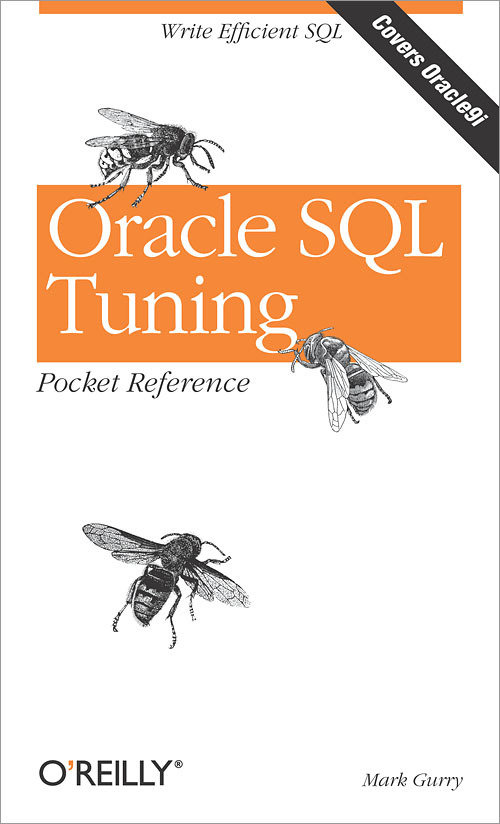Resources
Option 4: Metals and Alloys
This Revised Nuffield Chemistry option dealt with physical metallurgy, It related important engineering properties of metals to their structures. Practical work includes casting metals, tensile testing and heat treatment.
Contents
1. Metals are crystalline
2. How do metal...
Option 5: Plastics
This revised Nuffield Chemistry option began with everyday plastics and sought to demonstrate, measure and explain their properties. Thermoplastics were distinguished from thermosets and the differences explained in terms of the structure and bonding of polymers. A historical section showed how natural materials...
Option 6: Change and Decay
In this Revised Nuffield Chemistry option, ideas about proton and electron transfer were used to explain the decay of stonework and the corrosion of metals. Practical investigations explored the physical and chemical changes that can lead to the breakdown of stone as well as the factors that determine the rate of...
Option 7: Periodicity, Atomic Structure and Bonding
This Revised Nuffield Option aimed to help students see their experience of elements and compounds in a more unified and coherent theoretical framework. The treatment was based on experiment but emphasised theory.
Contents
1. Periodicity
2. Atomic structure
3. Bonding...
Option 8: The Chemical Industry
Teachers and students had considerable freedom in their response to this Revised Nuffield Chemistry option because under O-level regulations it was teacher assessed. Practical work was based on a ‘real’ industrial process from the fine chemicals industry.
Contents
1. The development...
Option 9: Analysis With a Purpose
This Revised Nuffield Chemistry option suggested the use of paper, column and thin-layer chromatography to analyse inks, food colours and coins. Quantitative work was based on the analysis of vitamin C in foods.
Contents
1. Chromatography
2. The determination of vitamin C in...
OR in Education - Swedebuild Teacher Pack
This resource invites students to investigate how many tables and chairs in a new range of dining furniture should be made in order to get the greatest profit. Topics covered include modeling, forming equations, graphing solutions and linear programming.
The resource includes a...

In this book, Mark Gurry shares his in-depth knowledge of Oracle's SQL statement optimizers. Mark's knowledge is the result of many hard-fought tuning battles during his many years of providing Oracle tuning...
Orange peel to chewing gum
An article about chiral compounds and the chemistry of flavours like orange and spearmint.
Catalyst is a science magazine for students aged 14-19 years. Find out more about Catalyst magazine: www.stem.org.uk/catalyst
Orangutans, Green Buildings and an Antarctic GP
A podcast from the Planet Earth Online collection and the Natural Environment Research Council (NERC). With efforts to improve energy efficiency focused on green transport, sustainable power generation, growing your own food and reducing waste, it is often easy to forget that the very buildings we live and work in...
